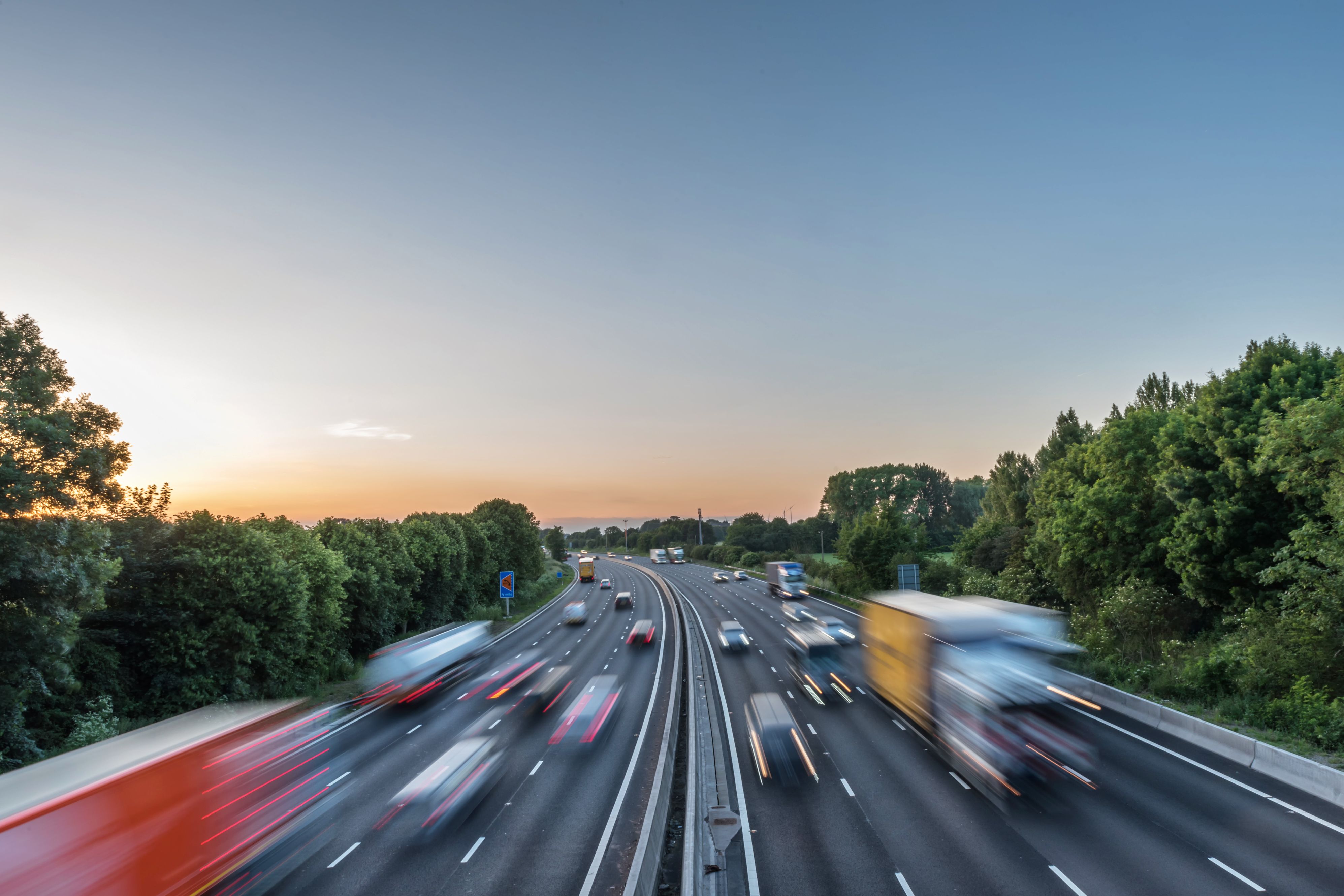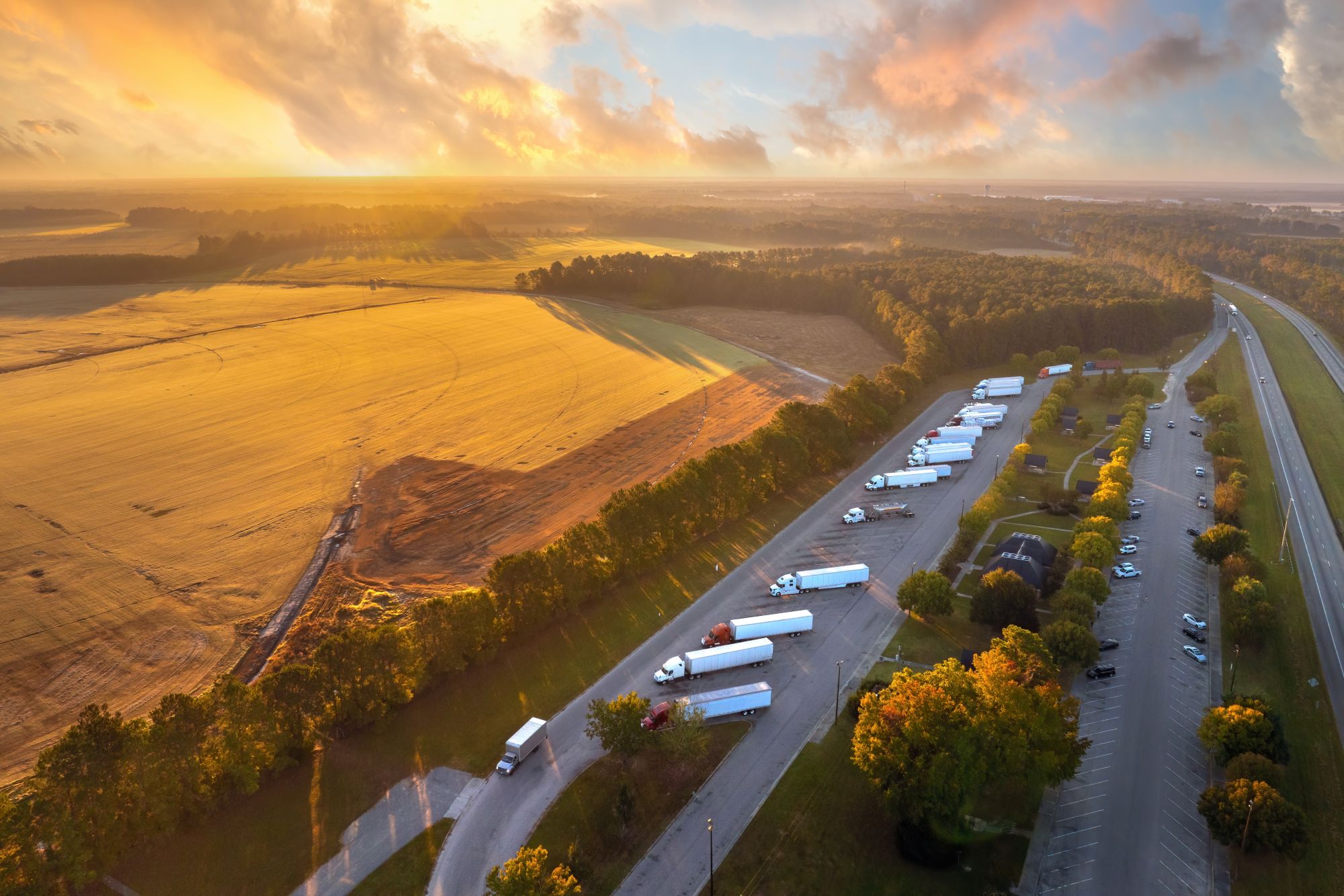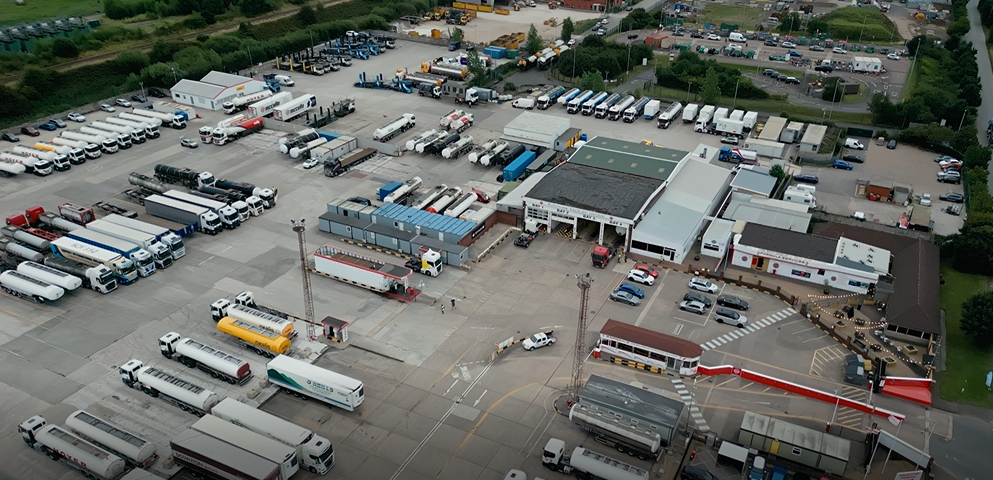
Miranda Blake
Jak může logistický průmysl zajistit bezpečnost a pohodlí evropských řidičů nákladních vozidel?
Vytvořeno: 08.01.2025
•
Aktualizováno: 08.01.2025
Zavedením nových předpisů, využíváním technologií a snahou o zajištění dobrých životních podmínek řidičů může logistický průmysl usilovat o bezpečnější budoucnost řidičů nákladních vozidel a zároveň podporovat pohodlí.
Ale jak přesně se to všechno realizuje? Čtěte dále a dozvíte se to...
Povědomí o nebezpečných evropských dálnicích
Již dříve jsme provedli výzkum, který objasnil nejnebezpečnější silnice v Evropě a identifikoval země jako Bulharsko a Česko, kde je nejvyšší průměrný počet úmrtí na 10 000 kilometrů silniční sítě.
Tato analýza má zásadní význam pro pochopení toho, kde jsou rizika největší, a upozorňuje na potřebu cílených zásahů ke zvýšení bezpečnosti. Řidiči, kteří mají k dispozici tyto zásadní informace, se mohou lépe připravit na své cesty a informovaně se rozhodovat o svých trasách a zastávkách.
Úloha technologie při zvyšování bezpečnosti
Zásadní význam má také inteligence získaná prostřednictvím inovací, jako jsou navigační systémy GPS, aktualizace dopravních informací v reálném čase a pokročilé asistenční systémy pro řidiče (ADAS). Takové technologické vymoženosti nejenže poskytují důležité údaje o stavu vozovky, ale také pomáhají řidičům nákladních vozidel činit kvalifikovaná rozhodnutí o jejich cestách. Systémy GPS mohou například navrhovat alternativní cesty, které se vyhnou potenciálně nebezpečným oblastem, zatímco aktualizace dopravních informací mohou upozorňovat na zpoždění nebo nehody, které se mohou stát. Díky tomu mohou řidiči lépe optimalizovat své cesty.
Aplikace jako intruck jim navíc nabízejí přístup k podrobným informacím o zastávkách kamionů po celé Evropě, takže mohou najít vhodná místa k odpočinku - to je výhodné zejména pro ty, kteří cestují na dlouhé vzdálenosti a musí si dělat pravidelné přestávky, aby dodržovali právní předpisy, bojovali proti únavě a udržovali pozornost.
Důležitost kvalitního odpočinku
V předchozích letech nemělo mnoho řidičů jinou možnost než trávit přestávky v kabině kvůli nedostatku dostupného a cenově přijatelného ubytování - a to často vedlo k nekvalitnímu odpočinku, který může mít škodlivé účinky na jejich zdraví a bezpečnost.
Mnohem větší důraz je kladen na to, aby si řidiči kamionů mohli odpočinout ve vhodném ubytování. Dopravní společnosti musí převzít odpovědnost za zajištění pobytu v hotelu nebo využití vyhrazených přestávkových zařízení. To sice může znamenat dodatečné náklady, ale představuje to příležitost investovat do pohody zaměstnanců, což v konečném důsledku vede k vyšší míře spokojenosti s prací a udržení zaměstnanců.
Implementace řešení ubytování
Provozovatelé vozových parků mohou v zájmu dodržování předpisů, zmírnění rizik spojených s únavou a zvýšení celkové bezpečnosti řidičů zvážit následující přístupy:
● Navázání partnerství s místními hotely nebo odpočívadly může řidičům zajistit pohodlné místo k odpočinku.
● Využití aplikací a online platforem může řidičům kamionů pomoci s vyhledáváním míst k pobytu v okolí, zefektivnit proces a zvýšit celkovou efektivitu.

Jak SNAP podporuje řidiče kamionů
SNAP mění pravidla hry pro pracovníky v tomto odvětví a nabízí digitální řešení, která upřednostňují bezpečnost a pohodlí. Společnosti provozující vozové parky a řidiči nákladních vozidel mají nyní přístup k rozšiřující se síti služeb, jejichž cílem je zajistit plynulejší a bezpečnější jízdu.
Digitální pohodlí
Jádrem naší nabídky je digitální tržiště, které zjednodušuje různé aspekty:
● Platby: Díky systému SNAP, který se v Evropě používá každých 13 sekund k placení za služby na odpočívadlech, nemusí řidiči kamionů utrácet z vlastní kapsy a později uplatňovat výdaje.
● Parkování: intruck pomáhá řidičům vyhledávat a předem rezervovat parkovací místa na jejich trasách, přičemž mnohá z nich mají vylepšené možnosti zabezpečení pro zvýšení bezpečnosti.
● Zjednodušené služby: Naše platforma umožňuje řidičům kamionů platit za parkování, mytí a další služby pouze pomocí registrační značky jejich vozidla.
Bezpečnost na prvním místě
To pro nás zůstává nejvyšší prioritou. Nedávno jsme rozšířili naši síť o pobočky v Rakousku, Bulharsku, Česku, Řecku, Maďarsku, Itálii a Rumunsku. Mnohé z nich mají vylepšenou bezpečnostní infrastrukturu, která řeší kritickou potřebu bezpečného nočního parkování.
Navíc máme specializovanou divizi SNAP Access & Security, která poskytuje řešení na míru, jež chrání prostory před hrozbami kriminality v nákladní dopravě a zvyšuje celkovou bezpečnost řidičů a nákladu.
Pohled do budoucnosti se službou SNAP
Řidiči kamionů jsou s našimi řešeními velmi spokojeni. Ve skutečnosti 80 % řidičů, se kterými jsme hovořili na akcích ve Velké Británii, upřednostňuje SNAP před jinými platebními metodami a 74 % evropských řidičů kamionů vyjádřilo přání, aby se k naší síti připojilo více servisních partnerů.
Vzhledem k tomu, že naši síť a řešení neustále rozšiřujeme a rozvíjíme, mohou se evropští řidiči nákladních vozidel těšit na další možnosti, které jim přinesou větší bezpečnost, pohodlí a efektivitu na cestách. Řešením klíčových problémů, jako je bezpečné parkování a zjednodušené platby, připravujeme půdu pro propojenější a vstřícnější odvětví nákladní dopravy v celé Evropě.
Chcete-li se o SNAP dozvědět více, kontaktujte náš přátelský tým na čísle +44 (0)1603 777242.



